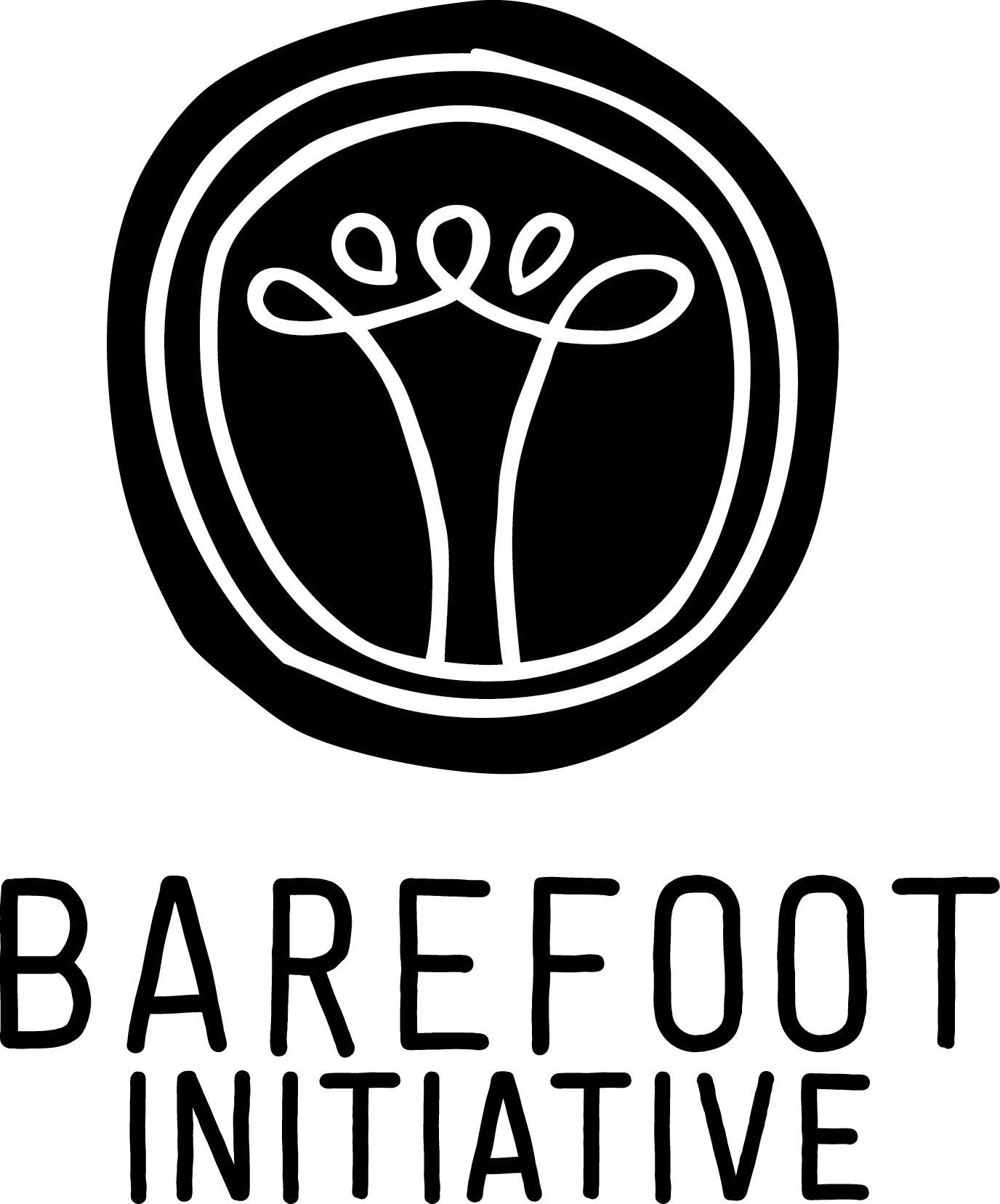Maternal and infant morbidity and mortality is devastating, with each woman facing an exceptionally high risk of dying in childbirth
The Afar region lies in North Eastern Ethiopia and is the hottest inhabited place in the world. The Afar people of Ethiopia are nomadic pastorlists who survive by herding camels, cows and goats. The estimate of the population is approximately 1.6 million. They live a harsh existence faced by violent tribal rivalry, constant drought, and extreme weather conditions that commonly exceed 40 degrees centigrade. The Afar has fewer hospitals, schools or social services than almost any other region in Ethiopia. Although under-five mortality rates are declining in general in Ethiopia, in the Afar they are increasing (EDHS 2011).
Literacy among the Afar is very low, with only 1.3% of females completing Primary School and 0.4% completing Secondary School. For Males it is slightly higher with 1.9% and 0.8%. When looking at School attendance ratios there is a large gender disparity for Secondary School, with net attendance for males being 18.4% and only 2% for females (Central Statistical Agency Ethiopia, 2014). There are countless barriers preventing children from attending school, such as for rural pastoral living Afars, conventional schooling is not supportive or conducive to the nomadic lifestyle. In addition, the traditional language spoken by the Afar people known as Cafar-af, is often not used by the education system.
The health of Afar women is especially fragile. Female genital cutting (FGC), which is illegal in Ethiopia, is still performed on young girls, causing many of them to suffer multifaceted complications for the rest of their lives. The maternal and infant morbidity and mortality is devastating, with each woman facing an exceptionally high risk of dying in childbirth. These women predominantly give birth in their villages accompanied by traditional birth attendants (TBAs) or relatives, and receive no or very little maternity care before and after the birth. For Afar women and girls, circumcision, early and forced child marriage, and an exhausting workload are additional burdens in the daily struggle to survive.
SUMMARY OF FACTS
High female mortality rates in the Afar lead to a sex ratio of 124 males per 100 females, which has been linked to gender-specific mortality (The Ethiopian Central Statistical Authority (CSA) 2008).
64.7% of Afar women receive no antenatal care and 92.8% of Afar women give birth at home and 89.2% of Afar women receive no postnatal check ups (EDHS 2011).
The Afar has the 2nd highest Maternal Mortality Rate in Ethiopia with 717 deaths per 100,000 births (EDHS 2011)
Although under-five mortality rates are declining in general in Ethiopia, in the Afar they are increasing (EDHS 2011)
Literacy levels in the Afar remain very low, sitting currently at approximately 17% (EDHS 2011)
Lower respiratory infections, diarrheal diseases, protein-energy malnutrition, malaria, and Tuberculosis are five of the 10 leading causes of death in Ethiopia. All five are preventable (WHO 2015).


